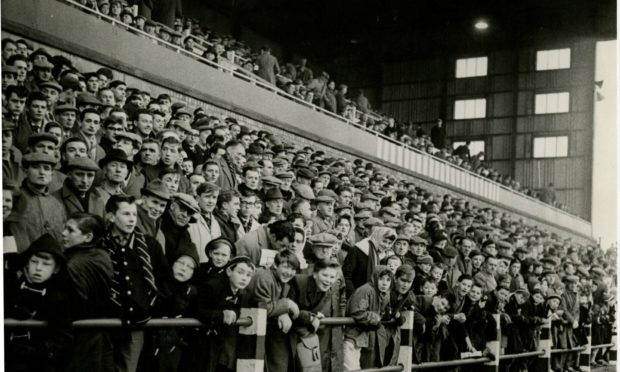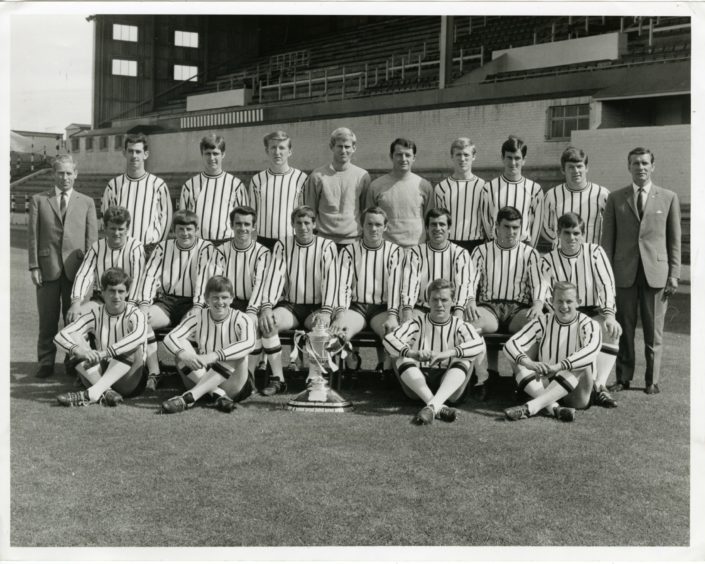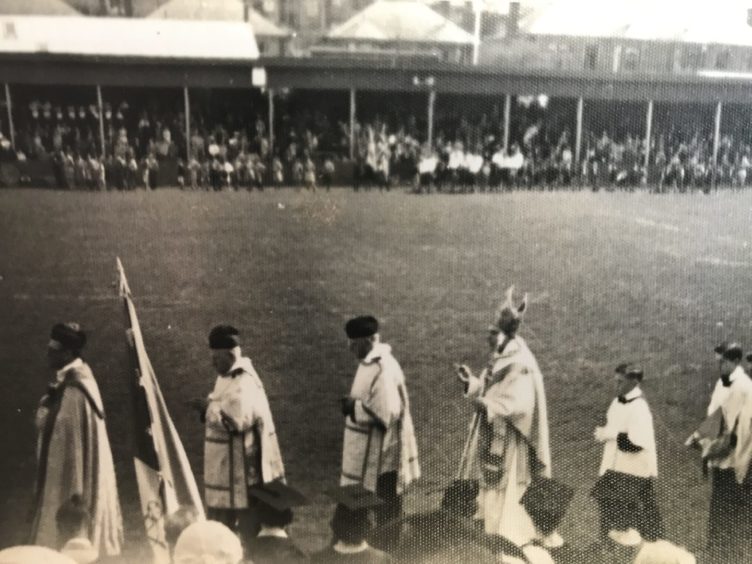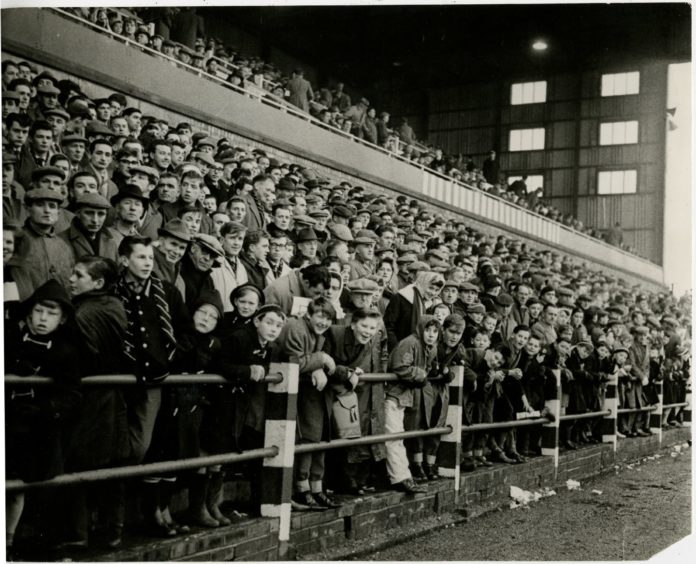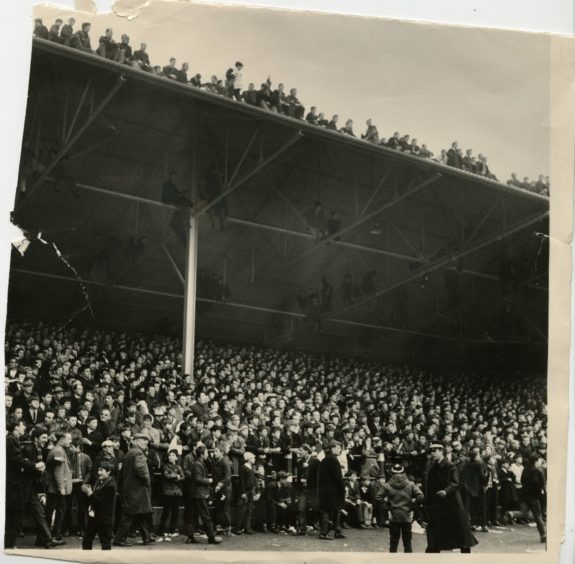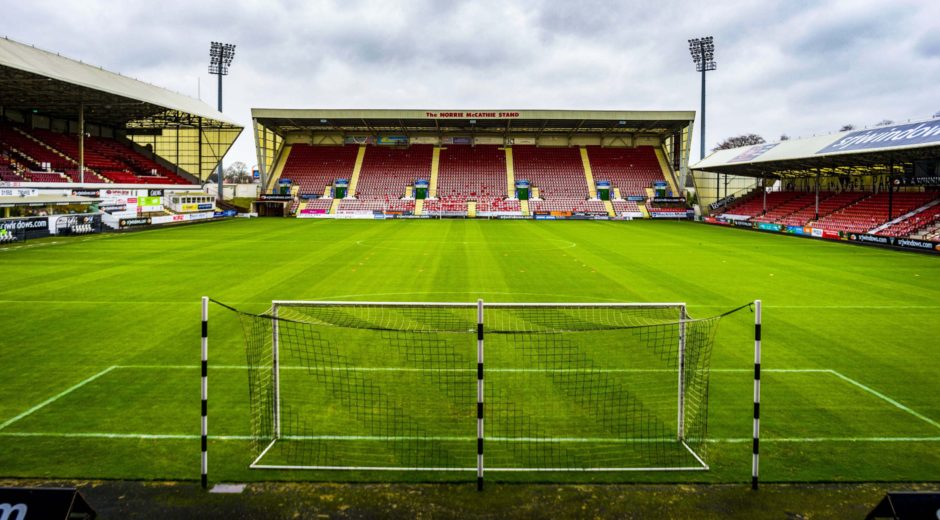From greyhound racing to becoming a military base during the Second World War and even hosting Catholic pilgrimages, the ground at East End Park has seen more than just a few football matches during its 136 year history.
As is the case with a number of top football clubs including the likes of Aston Villa, Dunfermline’s football team originally began as a way of keeping the town’s cricket club fit over the winter break in 1874.
Following disagreements between members of the cricket club, the football section split off in 1885 with meetings in May and June of the same year leading to the creation of Dunfermline Athletic Football Club on June 2.
The original East End Park was not situated on the same site as the current stadium, the first East End Park was originally slightly west with the land being leased from the North British Railway Company.
Dunfermline’s first game was played at the park shortly after its official formation on June 13 1885 when the Fife side, donning maroon jerseys and blue shorts, beat Edinburgh University 2-1. The iconic black and white striped kit wouldn’t come in to play until 1909.
In October 1887 provost Robert Donald officially opened the grounds pavilion which consisted of a corrugated iron building lined with varnished wood containing a committee room, bathroom and flanked by two dressing rooms.
In 1903 the football club was notified that their lease would not be renewed for the land on which East End Park stood, the club was however able to purchase adjacent land where a new pavilion could be erected, the site of today’s stadium.
Celtic would be the competitors for the last game at the ‘original’ East End Park on May 6 1903 as part of a deal during the selling of Dunfermline’s Alan McLeod.
The Glasgow side would return just three months later to play the first match at the new ground on August 19 1903.
The ground would remain largely unchanged for the first decade however in 1913 East End Park gained a new grandstand which was officially opened in August of that year.
With the success of the team building following the First World War, ambitious plans were made to construct a spectacular 65,000 capacity stadium in 1921, however the plans never came to fruition.
In 1934 a terrace on the eastern side of the pitch was erected with the terrace improved the following year using wood and steel which was salvaged from the liner Mauretania, which was being broken up in the Rosyth Dockyards.
Throughout this time the ground was also being used for other purposes besides football games to help keep money coming in to the club.
The stadium was used for greyhound racing as well as a boy scouts rally and even Catholic pilgrimages.
Polish and British army units were also stationed at East End Park during the Second World War with the club receiving £329 in compensation.
Following the war East End Park would see major renovations when the eastern enclosure was extended in 1948 before being fully rebuilt in 1957, with the old enclosure repurposed as covering for terracing on the west.
Crush barriers were also installed in 1951, after a 20,000 strong crowd had attended a match.
In 1953 the grandstand, which had been erected in 1913, was extended to the full length of the pitch meaning the grounds seating capacity was doubled.
In 1959 the most exciting development of the time occurred when the park’s state of the art floodlights were installed. The lights were officially inaugurated on October 26 1959 during a friendly with Sheffield United.
In August 1961 the Pars were victorious in the Scottish Cup and following their success manager Jock Stein was determined that the club would not be seen as second class compared to other teams and so with the backing of the board £65,000 was spent on erecting a two-tier grandstand in 1962.
The north and west terracing was also replaced with concrete, new turnstiles and crash barriers were erected, and three quarters of the park was now fully covered from the elements.
East End Park’s record attendance was set on April 30 1968 when 27,816 fans turned out to see Dunfermline Athletic v Celtic.
Chaotic crowd scenes unfolded, as people scaled the stand roof and floodlight pylons to gain access with one person even dying from his injuries after falling.
The stadium remained mostly unchanged bar some smaller updates such as the addition of a police control room and modern TV gantry until the mid 90s when Dunfermline became members of the new breakaway Scottish Premier League.
To be part of the league it was a requirement for teams to have a 10,000 all seater stadium and so the most ambitious project at East End Park to date began.
New 3,000 capacity stands were built on the west and east sides, the north terracing became seated and new floodlights were installed.
The main stand was also revamped inside with hospitality suites, a new shop and offices. The stadium had a capacity of 12,509 following the renovations however since then, it has been downgraded to the present 11,480.
In more recent times the ground has seen upgrades to it’s hospitality lounges, dressing room and club shop as well as new dug outs being put in place and the playing surface improved.
Generations have already witnessed some fantastic and not so great football at the park with the improvements aiming to allow fans to continue visiting the ground for many more generations to come.
